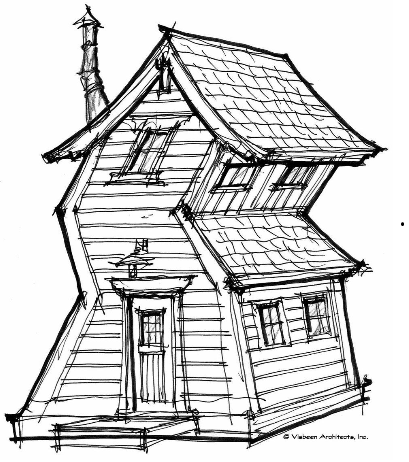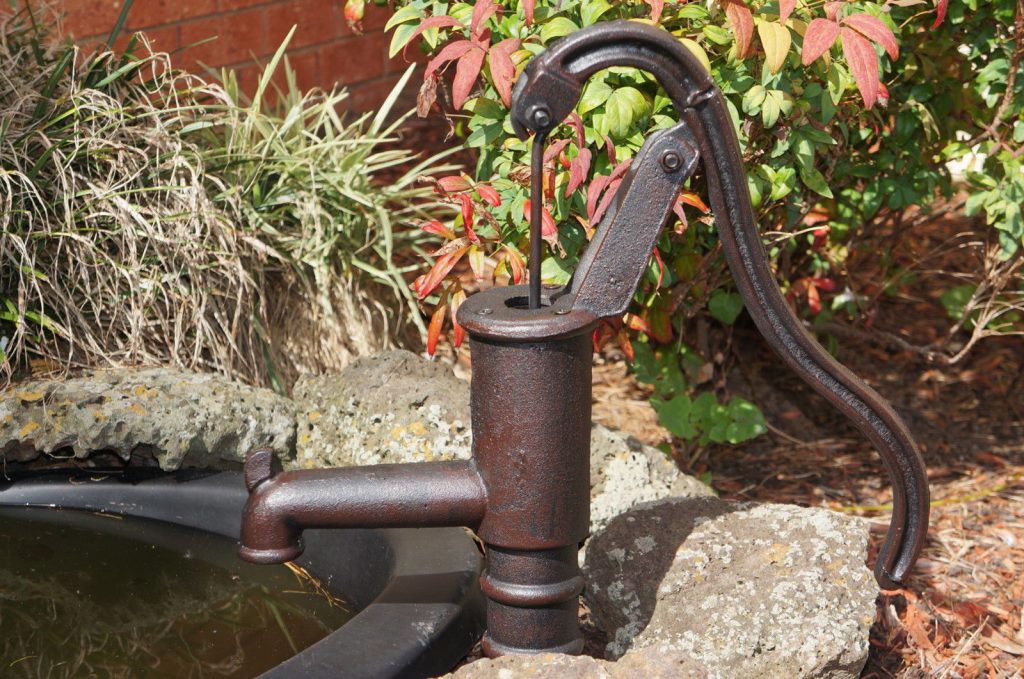When most consumers purchase a home, they obtain conventional financing for the purchase. This often takes the form of a 30-year, fixed rate loan. In order to secure the loan made to you, the bank files a mortgage with the register of deeds. This document tells the world that the bank has a first-place lien against the house and if any other creditors file a lien, that lien will be inferior to the first-place loan. Now, let’s say that the same homeowner would like to make improvements to their home, add a pool or build a garage and would like to borrow additional money to do so. The homeowner may also want to borrow funds for reasons unrelated to the home such as consolidation of credit card debt, assisting a child with college tuition or a business venture.
So, rather than to refinance the entire home loan and file a new mortgage, etc, to account for the increase in the loan, a bank will often file a second mortgage. This can also take the form of a home equity line of credit type mortgage (HELOC) which is also usually a second mortgage as well. The difference is typically the bank will automatically release a second mortgage upon payoff. With a HELOC, the bank will keep the mortgage filed and the note open to allow a consumer to re-advance funds as needed. Only upon request of the homeowner will the bank release the mortgage upon payoff. This saves the costs and expense of making a new loan every time a homeowner wants to borrow funds.
HELOC’s and second mortgages can be obtained with the bank that made the first purchase loan or with a different institution as selected by the homeowner. The bank handling the loan will usually order title insurance to insure that the mortgage is secured against all liens, besides the first place mortgage. If a consumer with a second place mortgage or HELOC later decides to sell the real estate, the title company simply pays off the second mortgage the same as it pays the first at closing. The only additional step is to request additional payoff information. Of course, there are many different types of second mortgages and HELOC’s. it is a good idea to discuss options with a finance professional.
Here at Tallgrass Title, we deal with second mortgages and HELOCs on a daily basis. Should you have any questions during your purchase, sale or refinance, feel free to contact our title professionals. We are here to help, its our job!




